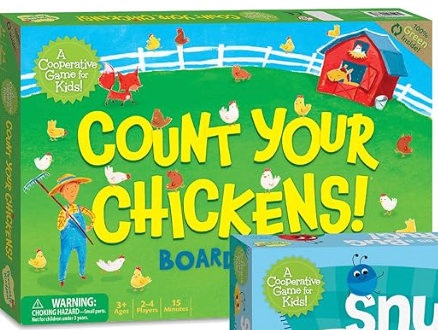5 Ways to Make Twister Therapeutic: Turning Playtime into Growth Time
- Kristin Lovato
- Aug 29, 2024
- 4 min read
This post has affiliate links
Twister—the iconic game that gets everyone twisting and turning into all kinds of shapes—has long been a favorite for family game nights, classrooms, and parties. But did you know that Twister can also be used as a powerful therapeutic tool? For therapists, parents, and educators, this classic game offers more than just fun. With a few simple adjustments, you can use Twister to help kids build important skills in areas like emotional regulation, social interaction, mindfulness, and more.
Here’s how you can make Twister a therapeutic experience for kids of all ages!

1. Improving Body Awareness and Coordination
One of the most obvious benefits of Twister is that it gets kids moving in ways that require them to pay attention to their bodies. Stretching and balancing on different colored dots promotes gross motor skills and body awareness, which are crucial for physical development. As kids reach for a red circle with one hand while keeping their foot on a green circle, they’re learning how to control their bodies in space.
To make this more therapeutic, ask questions like, “How does your body feel when you stretch that way?” or “What do you notice about your balance?” This can help kids become more mindful of their body movements and build a stronger connection between their mind and body.
2. Encouraging Mindfulness and Focus
Twister requires players to stay in the moment and focus on their next move. This presents a great opportunity to incorporate mindfulness into the game. Encourage kids to take deep breaths and focus on their body’s position as they twist and turn.
You can ask them to pause for a moment and notice how they feel in a particular position. Do they feel strong and balanced, or do they feel wobbly and unsure? By helping kids tune into the present moment, you’re teaching them valuable mindfulness skills that can reduce stress and improve focus.
3. Building Emotional Regulation
Things can get tricky on the Twister mat, and that’s when emotions start to come into play. Kids may experience frustration when they can’t reach a circle, or they might get excited when they successfully hold a challenging pose. These moments are perfect for teaching emotional regulation.
Use the game to help kids identify and manage their emotions. For example, if a child is getting frustrated, you can say, “It looks like you’re feeling frustrated. What can we do to help you feel calmer?” Encourage deep breathing or taking a short break to calm down. These real-time interventions can help kids develop coping strategies they can use in everyday life.
4. Promoting Social Skills
Twister is a game that requires close physical proximity to others, making it an ideal platform for practicing social skills. Kids need to take turns, respect personal space, and communicate with each other. You can use the game to teach about boundaries, cooperation, and positive communication.
To add an extra therapeutic layer, consider asking kids to say something positive to a teammate after each move, such as, “You did a great job balancing!” This helps promote kindness and encourages supportive interactions with others.
5. Fostering Problem-Solving Skills
As the game progresses and the board gets more crowded, kids face challenges in deciding where to place their hands and feet. This is a great time to encourage problem-solving and creative thinking. Ask questions like, “What’s your plan for your next move?” or “How can you make sure you don’t fall over?”
By guiding kids through the decision-making process, you’re helping them build critical thinking skills and boosting their confidence in finding solutions to tricky situations.
Tips for Making Twister More Therapeutic
Adapt the Rules: Modify the game to fit the therapeutic goals. For example, you can have kids hold a pose for a few extra seconds to practice patience and focus.
Use Reflection Questions: After the game, ask reflection questions like, “What was the hardest part for you?” or “How did you feel when you had to balance on one foot?” This can help kids process their emotions and experiences.
Incorporate Breathing Exercises: Pause during the game to practice deep breathing, which can help kids manage their emotions and stay calm under pressure.
Create a Positive Environment: Emphasize that Twister is about fun and learning, not competition. Encourage kids to celebrate their efforts, even if they stumble or fall.
Twister is more than just a fun party game—it’s a versatile therapeutic tool that can help kids develop essential skills in a playful and engaging way. From improving body awareness to fostering emotional regulation, this classic game offers countless opportunities for growth. Whether you’re a therapist, parent, or teacher, incorporating Twister into your routine can be a fantastic way to support children’s physical, emotional, and social development.
Have you ever used Twister therapeutically? Share your experiences in the comments below, and let’s keep the conversation going! 🎉
Click on the link to get yours: https://amzn.to/4g0vzVz
Look at my TikTok for my ideas on using Twister: https://www.tiktok.com/@inspiredhealthfit/video/7408613336004316458?lang=en



Yorumlar